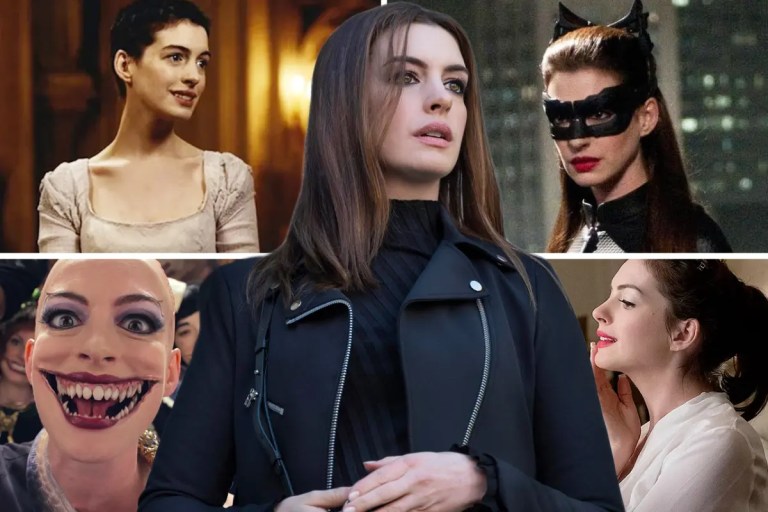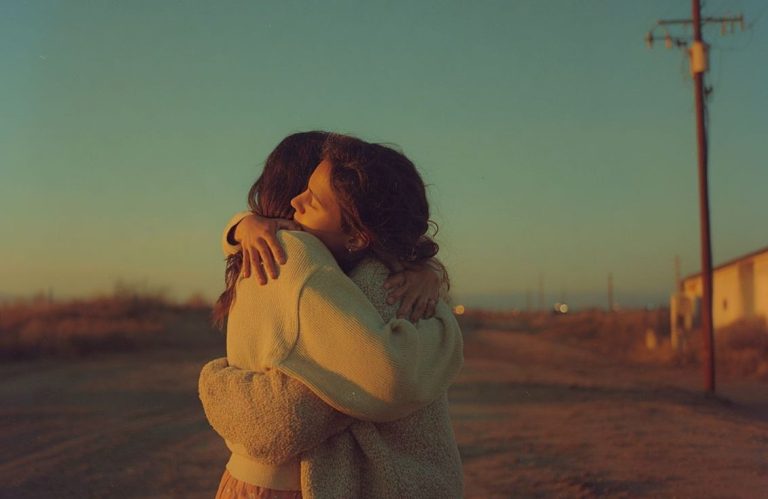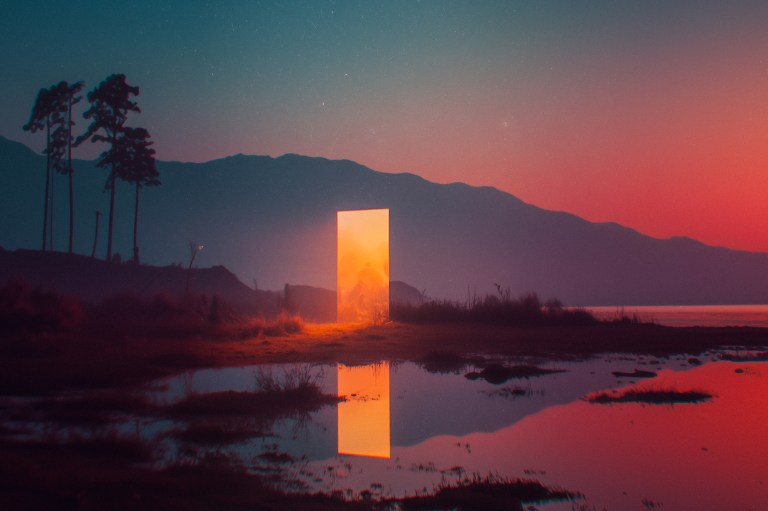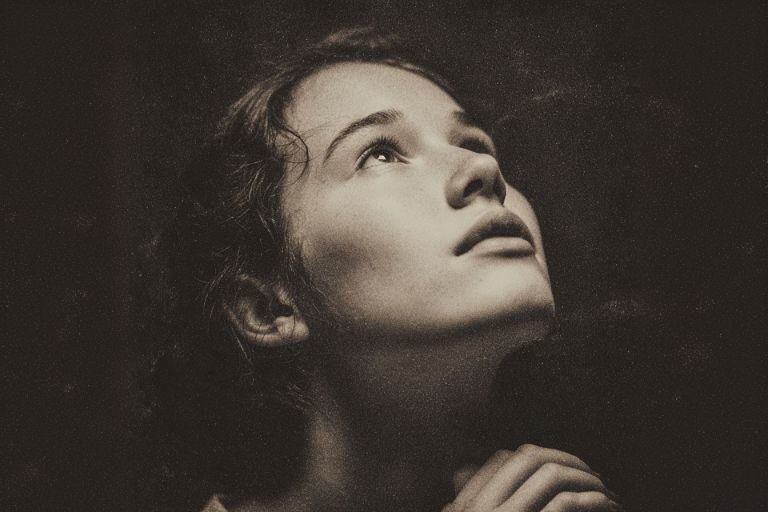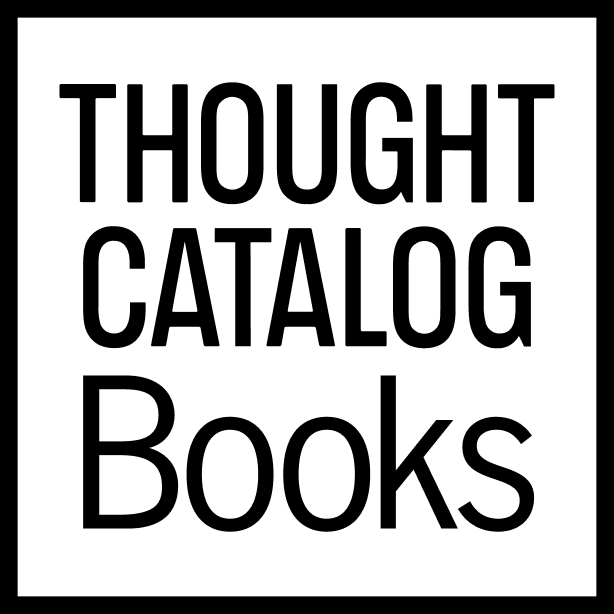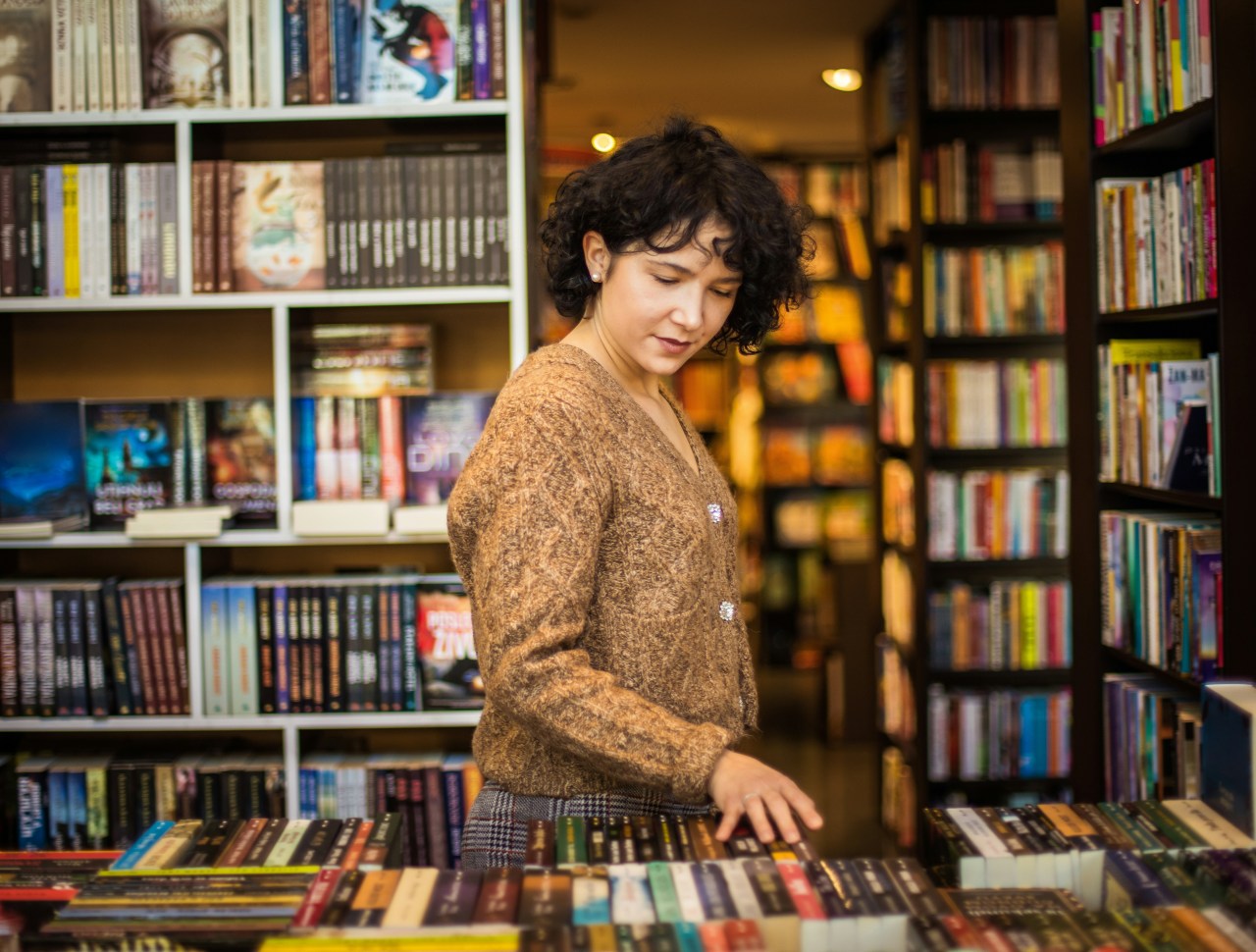
A Reader’s Journey
It's been a constant companion and a steadfast mentor. Now, it helps me digest the world around me.
My earliest memories of reading, much like most 90s children, begin with story time. Memories of memorization. Of forcing my parents to read the same worn paper books again and again and again until I knew every word by heart. “Great American Novels” like Footprints in the Snow and My Messy Room made me hungry for more stories, more words, more opportunities to embody the “smart and fancy” aesthetic I associated with my favorite Disney princess, Belle. I mean, you don’t get to swing on a library ladder unless you’re looking for a book, amiright?
Belle, her castles and French peasantry, along with my other childhood obsessions—1968 musical film Oliver! and Alan Cumming’s 1994 classic Black Beauty—introduced me to the wonderful and elitist world of “classics”. I mean what is smarter and fancier than a whole canon of books that will impress your teachers, skyrocket your vocabulary, and allow you to play dress-up as a Dickensian pickpocket in your bathrobe? I rest my case.
I colored in copies of “Great Illustrated Classics” like The Adventures of Tom Sawyer that I associated with Jonathan Taylor Thomas and Brad Renfo’s Tom and Huck, and read all kinds of abridged versions of Great Expectations, The Hunchback of Notre Dame, and whatever else I could get my hands on. Classics could transport me anywhere in the world, far beyond the concrete sidewalks of suburbia that I grew up in.
And those far-off lands were filled with all kinds of characters I came to know and love. Pip, The Artful Dodger, Anne Shirley, Robin Hood, Jane Eyre, Lizzie Bennet, Becky Sharpe, Scarlett O’Hara (before I was old enough to realize how problematic she was), D’Artagnan, and Sherlock Holmes. They were friends, they were mentors, they were the greatest escape. A way to relate to and see the world through someone else’s eyes and psychological experience. People I could sympathize with, as I went through all of the awkwardness of adolescence and puberty, who helped me learn how to sympathize with myself.
By the time I got to college, and started really learning the “game” of reading, I was balancing my desire to experience the world (parties and friendships, independence and dating) with my lifelong love of finding out what literature had to say about it. I didn’t finish every assignment on Frankenstein, Paradise Lost, Dante, or “The Faerie Queene”, and I definitely felt out of my depths making my way through “The Waste Land”, but my professors shined a light on something I hadn’t fully grasped in high school lessons about archetypes, and that was just how interconnected all writing really is.
Allusions and references in storytelling predate hip-hop samples by millennia. Human beings have always been borrowing ideas from each other. Sometimes it’s really transparent and easy to see, and other times you have to look really hard, be in “the know”, recite a “secret password”, if you will. Like Wednesday Addams snapping twice to get into the Nightshade’s secret lair.
That’s what kept me hooked on reading as an adult. In the same way I was addicted to learning foreign languages, I wanted to be “in” on the joke. I wanted to understand the reference, the genius, the comparison between something new and something familiar that scratches the brain in a very specific way.
After college, when I was floundering through my twenties and trying to figure out adult life, I found writers like Maggie Nelson who could hop from one genre to another with poetry like Bluets, memoirs like The Argonauts, and true crime reflections about her own family like Jane: A Murder. She showed me how references were more than a game or a party trick, they were an essential part of the communication process, the way we convey an idea from our brains to a piece of paper so that it can be received by another person. How powerful those words and ideas become when they are interwoven with something that has come “before”.
This week, I started R. F. Kuang’s latest novel, Katabasis: a tale of two Cambridge graduate students who journey to Hell to rescue their advisor, world renowned Professor of Magic, Jacob Grimes. Kuang is also the author of best-selling novels Babel and Yellowface, and I know her work is rife with criticism and deconstruction. So when I read the interlude between chapters one and two, called “On Magick”, I shuddered with glee:
“All it took was to tell a lie—and to believe, despite all the evidence to the contrary, that all the rules could be suspended. You held a conclusion in your head and believed, through sheer force of will, that everything else was wrong. You had to see the world as it was not.”
I may have started my reading journey for a plethora of reasons, entertainment, attention, escapism, comfort, and it served me well in every one of those eras. It’s been a constant companion and a steadfast mentor. Now, it helps me digest the world around me. I’d rather read Kuang’s pithy take on “fake news” culture than drown in the actual thing.
I was lucky enough to hear Maggie Nelson speak once, and had the opportunity to ask her a question about when she knew she had something to add to the conversation, to the existing discourse that is writing, and she answered that she didn’t necessarily think she had anything to say. The entire room, who had all come to hear just that, erupted into laughter.
She did add, after the giggles dissipated, that writing is compulsive, a way to churn through the world. Through our problems. And if writing is the way you do that, then you respect that process and allow yourself to do it.
But maybe, for me, reading is my way of churning, and always has been.
Maybe, we don’t give it the credit it is due.
Consider this a love letter then. To the Belles, to the books, to the churning. Thank you, for everything.
I wouldn’t be who I am without you.
